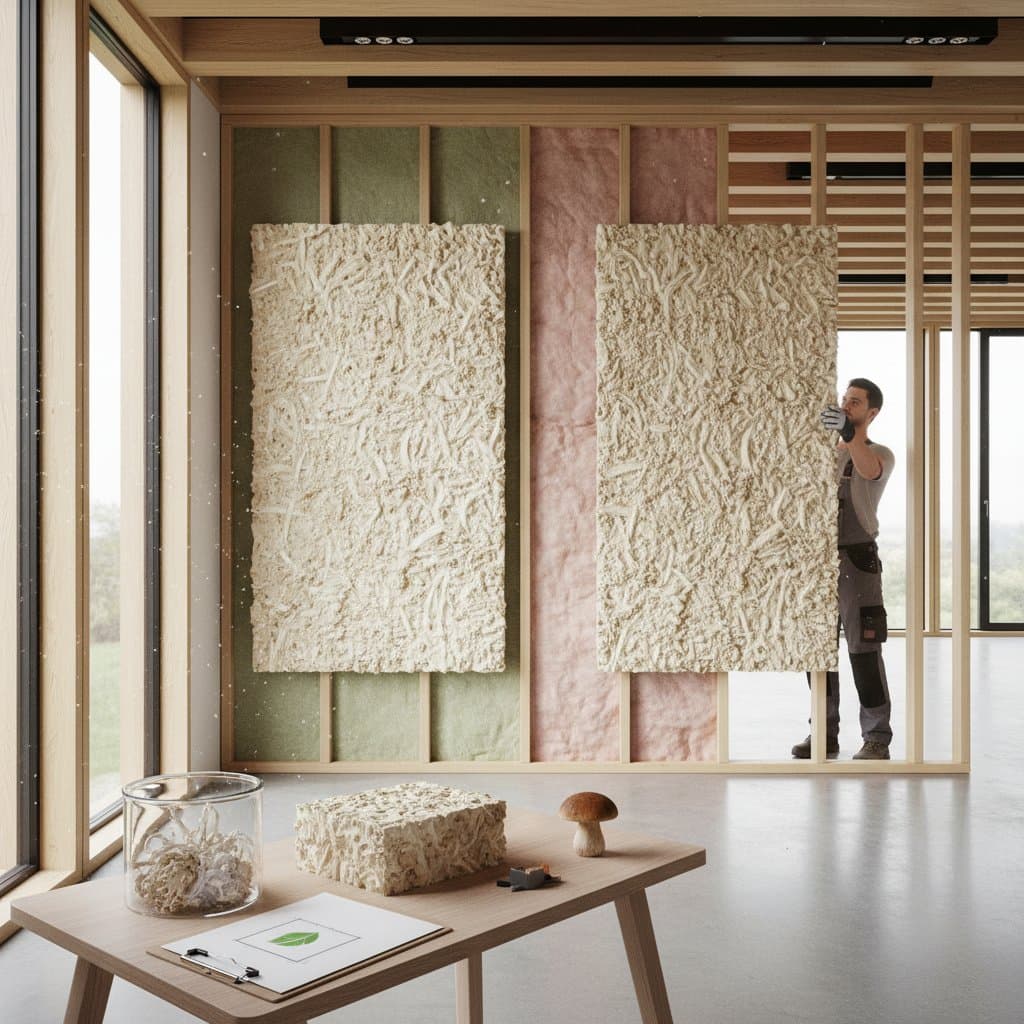Carbon-Negative Concrete: Revolutionizing Green Construction in 2025
The unmistakable scent of fresh concrete at a construction site often signals progress, yet this familiar material hides a darker truth: it is a major contributor to global carbon emissions. Traditional concrete production generates nearly 8 percent of the world's CO₂ output, posing a significant challenge for sustainable building practices. However, a groundbreaking solution, known as carbon-negative concrete, is reshaping the industry by not only reducing emissions but actively capturing carbon from the atmosphere. This innovation is rapidly gaining traction as a cornerstone of green construction.
Understanding Carbon-Negative Concrete
To grasp the significance of this material, it is essential to compare it with traditional concrete production. Standard concrete relies on cement,limestone at extreme temperatures, a process that releases substantial CO₂ through both fuel combustion and chemical reactions. Carbon-negative concrete, by contrast, employs advanced techniques to either replace high-emission components or lock carbon within the material itself. Common methods include injecting captured industrial CO₂ into the mix for mineralization, using alternative binders like fly ash or slag, and incorporating bio-based additives that absorb carbon during their growth phase. The outcome is a building material that transforms construction projects into active contributors to carbon reduction.
Why Builders and Property Owners Should Care
The adoption of carbon-negative concrete is driven by more than environmental responsibility; it aligns with economic and regulatory realities. Stricter building codes and carbon reporting mandates are pushing developers to meet sustainability benchmarks, and this material offers a direct path to compliance without relying on expensive offsets. Additionally, market demand for eco-friendly certifications, such as LEED or BREEAM, is growing among tenants and buyers, with carbon-negative concrete providing a significant boost toward achieving these standards. While initial costs may be 5 to 15 percent higher than conventional options, the long-term benefits, including reduced maintenance, enhanced durability, and potential tax incentives, often result in a return on investment within 5 to 7 years.
Performance Comparison: Traditional Versus Carbon-Negative
When evaluating carbon-negative concrete, its performance stands up impressively against traditional mixes. Traditional concrete emits between 200 and 400 kilograms of CO₂ per cubic meter, while carbon-negative alternatives can capture 50 to 150 kilograms per cubic meter. Both materials offer comparable compressive strength, ranging from 25 to 40 MPa, and carbon-negative options often provide superior durability, lasting 60 to 90 years compared to the 50 to 75 years of standard concrete. Although the cost premium remains a consideration, the potential for green certifications and lifecycle savings makes this a compelling choice for forward-thinking builders.
Overcoming Adoption Challenges
Despite its advantages, carbon-negative concrete faces hurdles to widespread use. The modest cost increase can deter budget-conscious developers, even though prices are expected to stabilize as production scales. Supply chain limitations also pose issues, as not all regions have access to CO₂ capture infrastructure or alternative binders. Furthermore, many contractors lack familiarity with handling and curing these materials, creating a learning curve. Industry experts remain optimistic, predicting that government subsidies and expanded training programs will address these barriers, paving the way for broader implementation.
Real-World Success Stories
Carbon-negative concrete is already proving its worth in diverse projects. A municipal office building in Europe utilized this material for structural beams, achieving a net reduction of over 1,000 tons of CO₂ compared to traditional methods. Similarly, a North American residential complex incorporated it into foundations and walkways, earning top sustainability ratings. These examples highlight the material's practicality across different climates and applications, demonstrating that it is far beyond a theoretical concept.
Actionable Steps for Implementation
For builders considering carbon-negative concrete, a strategic approach can ease the transition. Start by engaging suppliers to explore regional availability and partnerships with carbon capture facilities. Investigate government incentives, such as rebates or emissions trading programs, to offset costs. Conduct a thorough lifecycle cost analysis to account for maintenance savings and certification benefits over time. Ensure your team is trained on proper handling and curing techniques to avoid errors, and consider beginning with non-structural elements like paving before scaling to load-bearing components. These steps minimize risks while positioning your project as a leader in sustainable construction.
Building a Sustainable Future
As the construction industry faces growing scrutiny over its environmental impact, carbon-negative concrete offers a transformative path forward. It redefines sustainability by enabling buildings to actively improve atmospheric carbon levels rather than merely minimizing harm. Developers, contractors, and property owners who adopt this material now will gain a competitive edge, benefiting from regulatory compliance, enhanced market appeal, and long-term cost savings. Taking the first step, even on a small scale, establishes expertise and relationships that will prove invaluable as this innovation becomes the industry standard. The future of construction is not just about building structures; it is about creating a legacy of environmental stewardship and resilience.










